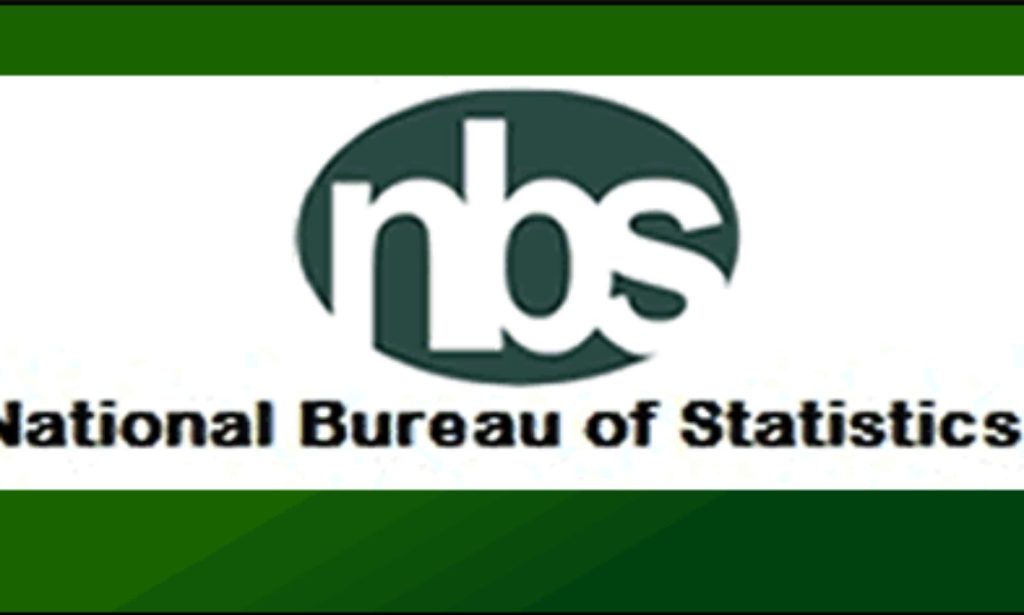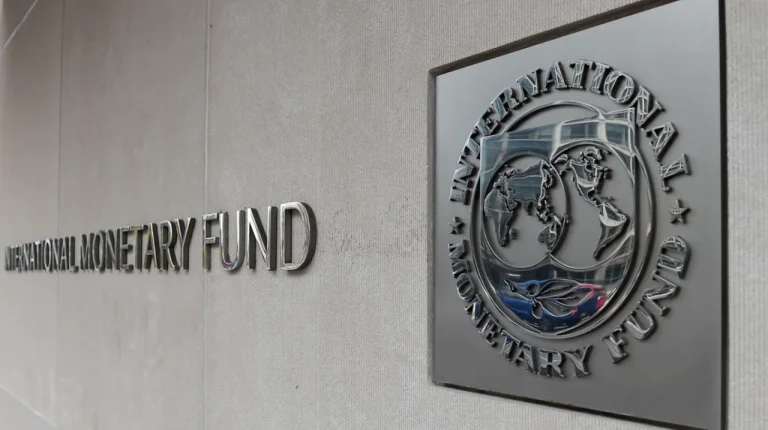According to data released by the International Monetary Fund (IMF), Nigeria’s GDP per capita fell 4.74 per cent from $877.07 in 2024 to $835.49 in 2025.
Data released Thursday by the IMF website shows that since 2014, when GDP per capita peaked at $3,220, there has been a persistent downward trend.
The most widely used indicator of a nation’s overall economic activity is its gross domestic product. It is calculated by dividing the entire value of finished goods and services produced in a nation over a given period, at current prices, by the average population for that same year. The average level of living of a nation’s population is gauged by its GDP per capita.
However, the IMF predicts growth in 2026 and 2027, with GDP per capita reaching $1,040 in 2028, surpassing the $1,000 threshold.
Additionally, the data showed that Nigeria and most of sub-Saharan Africa fall between $500 and $2,500 in GDP per capita, with some falling below $500.

This drop coincides with the National Bureau of Statistics rebasing the GDP to account for new economic sectors.
As reported by the National Bureau of Statistics (NBS), the rebased GDP now includes activities related to the digital economy, pension funds, the Nigerian Social Insurance Trust Fund, the National Health Insurance Scheme, modular refineries, domestic households as employers of labour, quarrying and other mining activities, and illicit and covert activities.
Stanbic IBTC Bank’s most recent Purchasing Managers’ Index showed that, despite the drop, business confidence in Nigeria is improving, as seen by higher output for the second consecutive month.
The Nigerian private sector’s early expansion, which was observed at the end of 2024, continued into the first month of 2025, according to the most recent PMI data, with both new orders and business activity increasing.
Nigeria’s private sector activity continued to rise in January 2025, albeit at a slower rate than in December 2024, according to a statement made by Muyiwa Oni, Head of Equity Research West Africa at Stanbic IBTC Bank.
“Despite being marginally weaker than that observed at the end of 2024, we observe an improvement in both output (53.7 vs. December 2024: 54.8) and new orders (52.6 vs. December 2024: 53.2) due to improved client demand and increased willingness to commit to new projects. Companies hired more employees in January, marking the second consecutive month that this has been the case, due to the increase in new orders.
“Input costs rose more slowly elsewhere, and output prices are rising at their weakest rate since July 2024. Due to several factors, including significant foreign exchange depreciation, renewed petrol price increases under full petrol price liberalisation, structurally low food supplies made worse by extreme weather, and increased food demand, particularly during the holiday season, headline inflation averaged 33.1% year over year in 2024 compared to 24.52 per cent year over year in 2023.”
At the same time, the IMF predicted that Nigeria’s real GDP would rise by 3.2% in 2025, while inflation would fall to 25% in the same century.
According to the Nigerian Economic Summit Group, which just released its 2025 Macroeconomic Outlook Report with the title “Stabilisation in Transition: Rethinking Reform Strategies for 2025 and Beyond,” the expected GDP growth is less than the 5.5% estimate.
NESG Chief Economist and Director of Research Olusegun Omisakin stated in his presentation that “if Nigeria continues with stability-focused reforms, a GDP growth rate of 5.5% is achievable.”
However, economic restraints and ineffective policy execution might restrict growth to 3.4%, and a reversal of measures might cause it to fall to 2.7%. The effectiveness of policy implementation in 2025 will decide whether Nigeria meets or fails to meet its stability objectives.


